Zamora – Medina del Campo
CHARACTERISTICS
- Estación de Medina del Campo (UTM 30T 340165 4575738); (P.K. 0,000) / Viajeros
- Estación de Nava del Rey (UTM 30T 326225 4577994); (P.K. 16,000) / Viajeros
- Estación de Toro (UTM 30T 301116 4598317); (P.K. 57,400) / Viajeros
- Estación de Zamora (UTM 30T 271376 4599656); (P.K. 89,500) / Viajeros
Evolución histórica
This line was part of the routes included in the first railway law of 1855, called the General Railway Law, which defined a general radial network that would favour the railway connection of the different regions of our country with the capital and its interconnection by means of secondary lines and branches. All this with the ultimate aim of boosting the country’s economic growth. [1]
This law contemplated, in particular, the connection between Vigo and Madrid, passing through the cities of Orense and Zamora. It also designated Medina del Campo and not Valladolid as the connection point with the General North Line, which ultimately linked Madrid with the French border in the Basque Country.
This law particularly envisaged the connection between Vigo and Madrid, passing through the cities of Orense and Zamora.
In February 1861, the concession for the construction and operation of a railway line between Medina del Campo and Zamora was auctioned off and was awarded to the banker Rafael Beltrán de Lis. This event marked the beginning of the Medina del Campo to Zamora Railway Company, which two years later would acquire the concession rights for the construction and operation of the Orense-Vigo line, changing its name a few years later to the Medina to Zamora and Orense to Vigo Railway Company, MZOV. Despite the distance between the two sections, the company intended to obtain the concession for the intermediate section, thus theoretically completing a railway axis of great importance in the Spanish context. However, the theory could not be put into practice in the way it had been planned due to financial problems arising from the technical difficulties of the route, which required large-scale and complex engineering works.
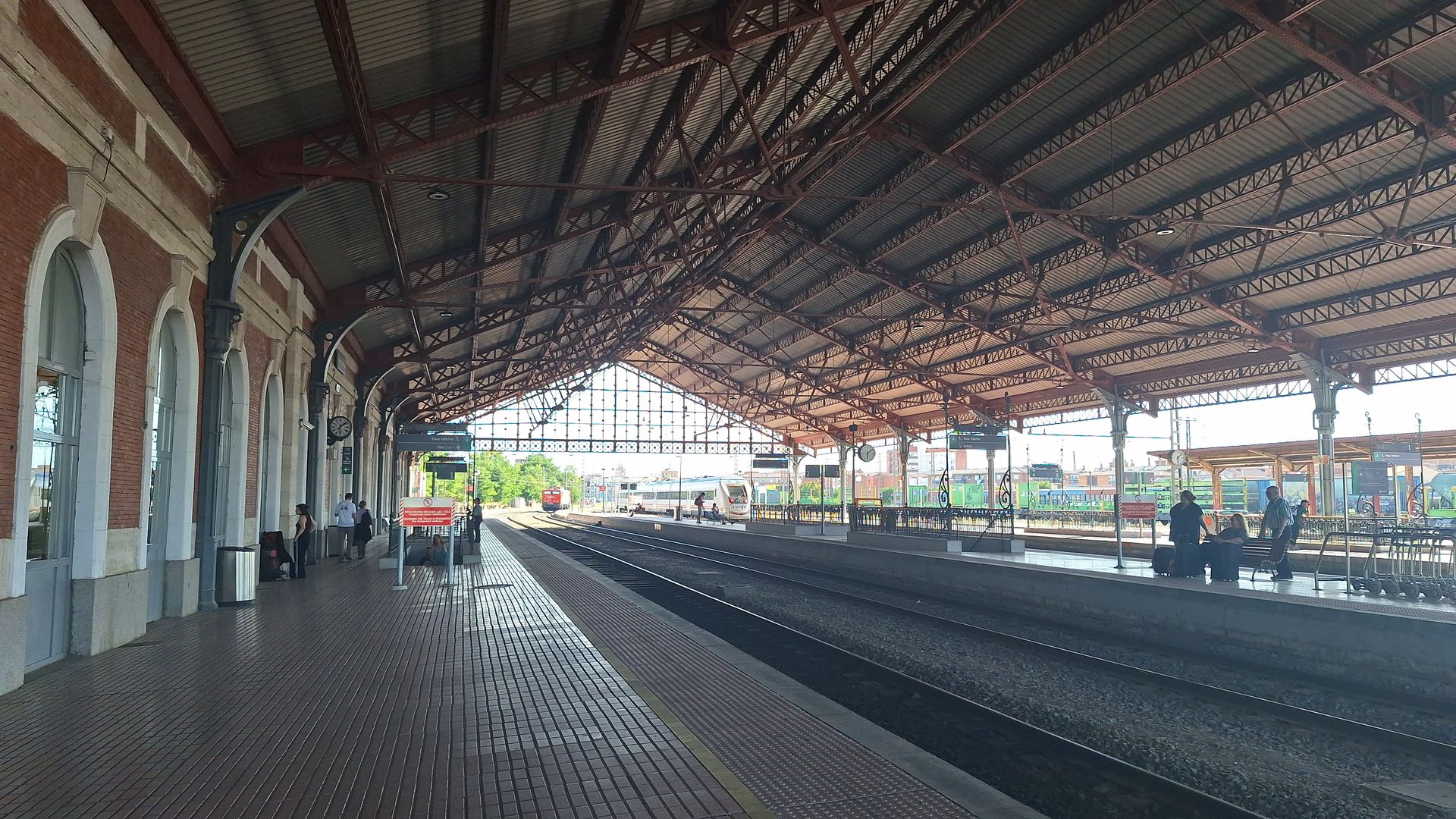
Vista de andenes en la estación de Medina del Campo (Valladolid)
The first section of the line, between Medina del Campo and Nava del Rey, was easily completed in 1863, taking advantage of the favourable terrain. The other two sections, between Nava del Rey and Toro and between Toro and Zamora, were finished the following year, in 1864. Although the works progressed quickly, these last sections presented some difficulties. In Dueñas, a 700-metre viaduct was built over the river Trabancos, and a five-span metal bridge was built over the Duero. Near Villaveza, the marshy terrain required the installation of a complex drainage system. Although the possibility of building three tunnels near the city of Toro was considered, it was finally ruled out due to soil instability. The radius of the curves along most of the route exceeded 1000 metres, reducing to 500 metres in El Fresno, the steepest area, and to 350 metres on the approach to Medina del Campo. [3]
Although the possibility of building three tunnels near the city of Toro was considered, it was finally ruled out due to the instability of the soil.
The railway company that ran the line from Medina to Zamora and from Orense to Vigo experienced serious financial difficulties during the first decades of the 20th century, as was also the case with other lines in the west of the peninsula. As a result, in 1928 it was absorbed by the Compañía Nacional de los Ferrocarriles del Oeste de España, a state-owned company created to help the various private companies in this region of the country. However, this measure did not significantly improve the situation. Thus, in 1943 it was completely integrated into RENFE. [1]
Thus, in 1943 it was completely integrated into RENFE.
Before the AVE high-speed line between Olmedo-Zamora and Pedralba was brought into service in 2020, the line was used by long-distance trains, such as Alvia and Trenhotel, which connected Galicia with Madrid and Alicante, but these services have now disappeared and the line is used only for regional and medium-distance services with a reduced frequency.
Before the AVE high-speed line between Olmedo-Zamora and Pedralba came into service in 2020, the line was used by long-distance trains [...]
The line runs through the cereal-growing landscapes of the plateau and the irrigated plains of the Duero river valley. It is a rural environment with a low population density, characterised by the presence of concentrated population centres of a certain size, some distance apart. Some of these intermediate towns and cities are monumental, such as Toro, or the towns at the start and end of the section. All of them are of cultural interest to tourists. There are other places of scenic and natural beauty, such as the Castronuño reservoir and, in general, the landscape and villages are well known for their wines. In addition, the line has the advantage of connecting two railway junctions and two monumental stations located in two important centres, with dynamic economies in their territorial context.
Category B1.
Non-electrified tracks with concrete sleepers in a reasonable state of repair.
Photographic report
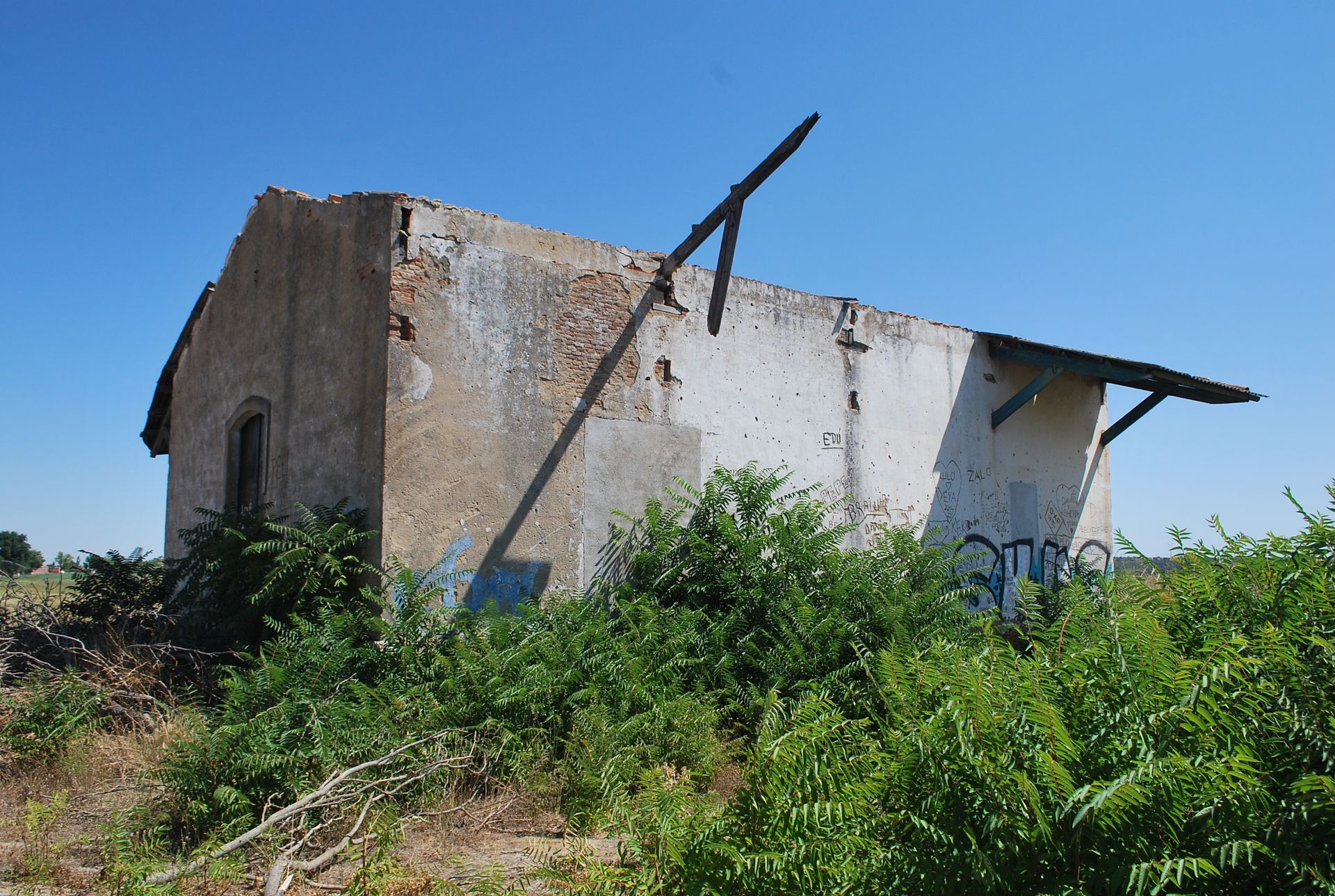
Estación de San Román de Hornija (Valladolid)
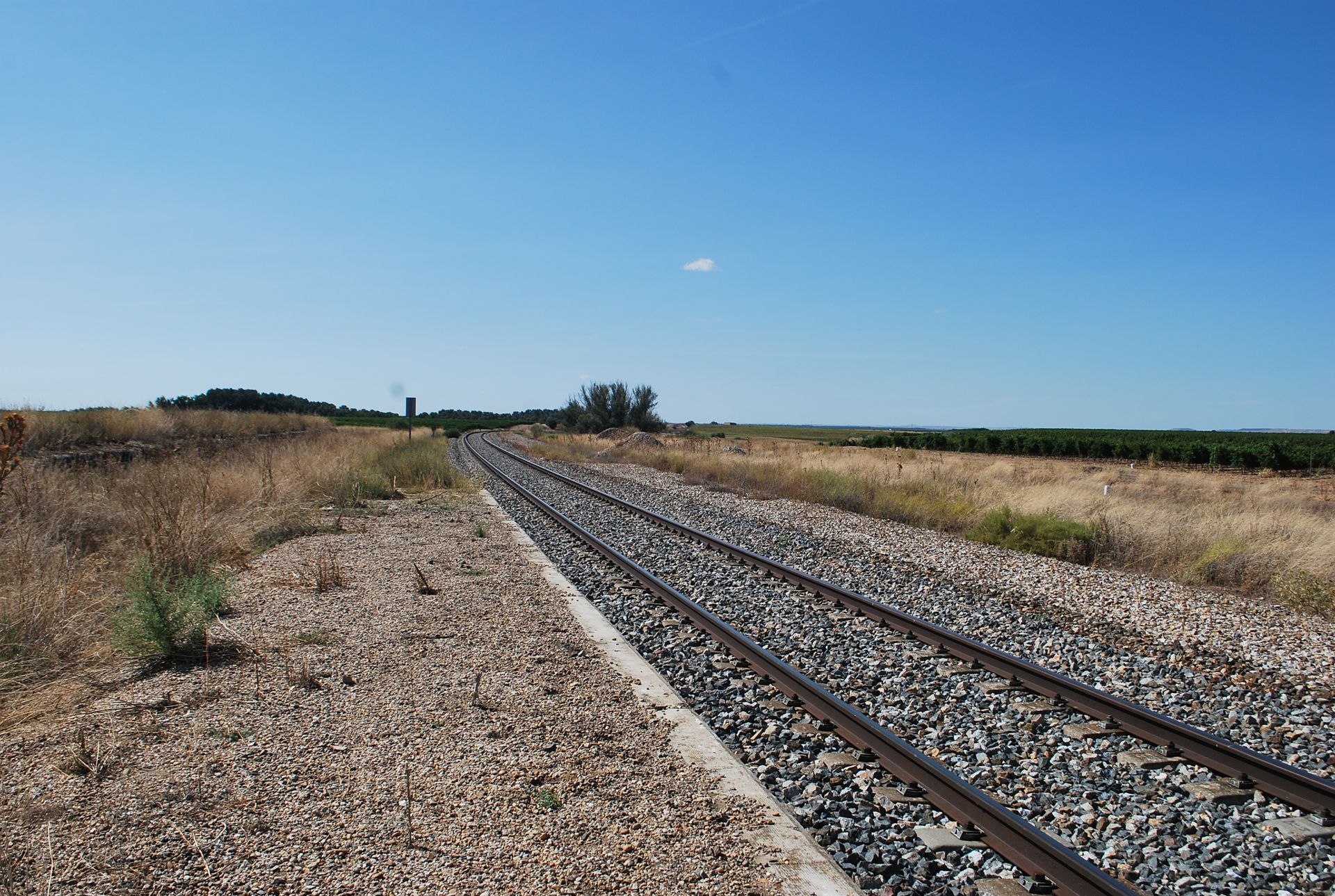
Vista de la Línea 820
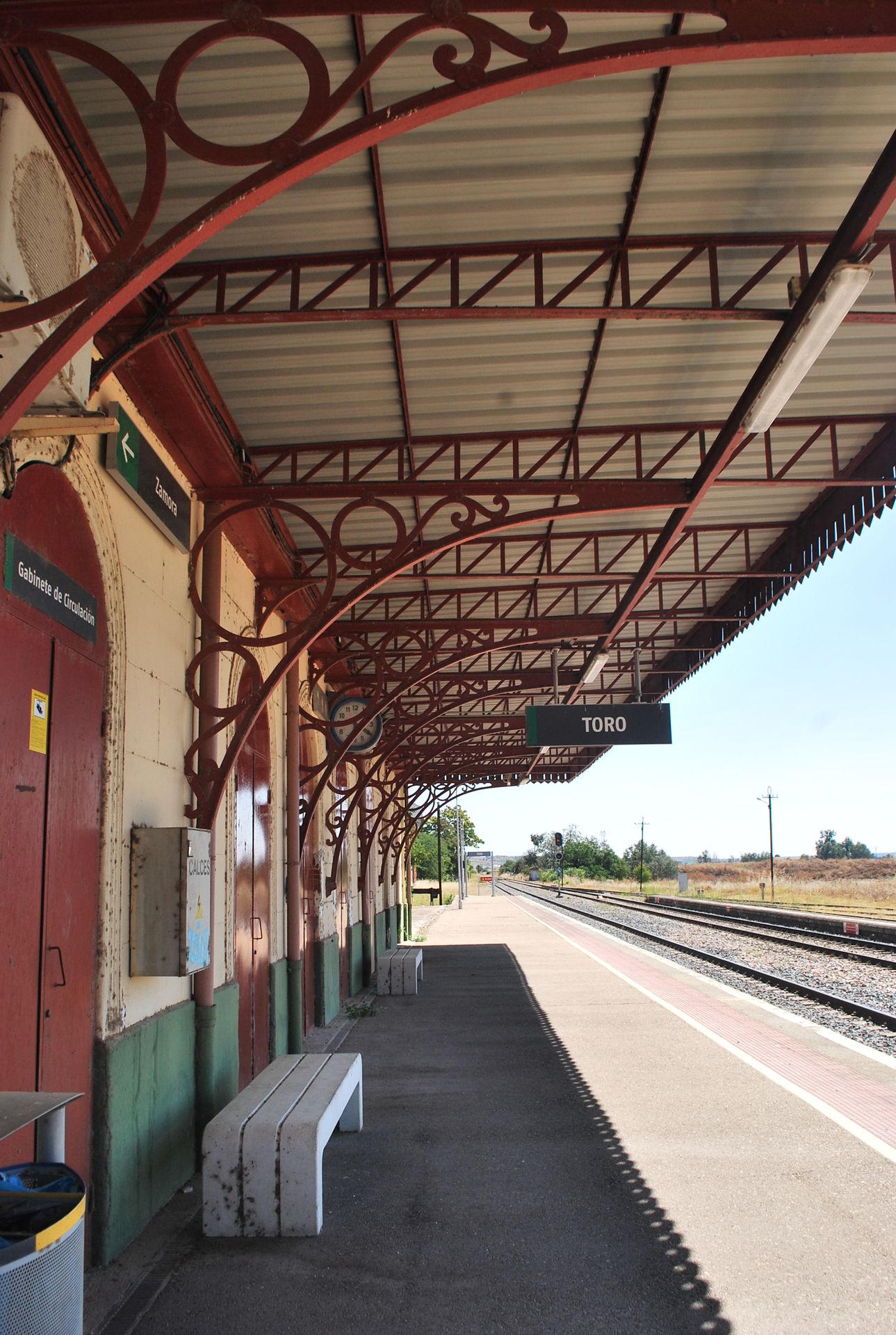
Apartadero - cargadero de Toro (Zamora)
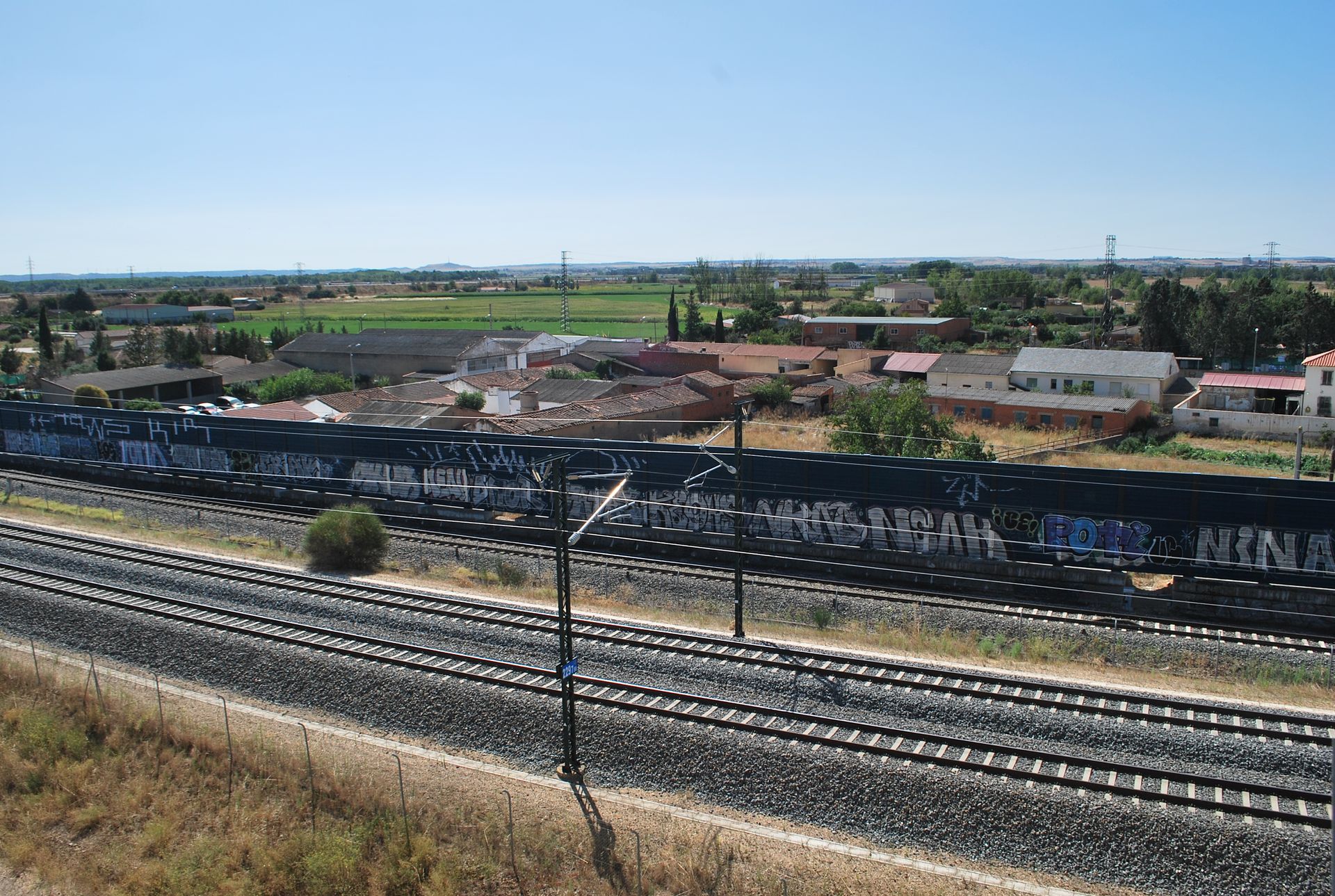
Cargadero de la Azucarera del Duero (Toro)

Estación de Zamora

Vista de andenes en la estación de Zamora
References
-
J. P. Torner, «Medina del Campo a Zamora y Orense a Vigo – MZOV», Ferrocarriles de España, 05-mar-2012. [En línea] Ver referencia
-
J. P. Torner, «Medina del Campo a Zamora y Orense a Vigo – MZOV», Ferrocarriles de España, 05-mar-2012. [En línea]. Ver referencia
-
Asociación Ferroviaria Zamorana. A.F. Zamorana. Línea Medina del Campo-Zamora. Ver referencia